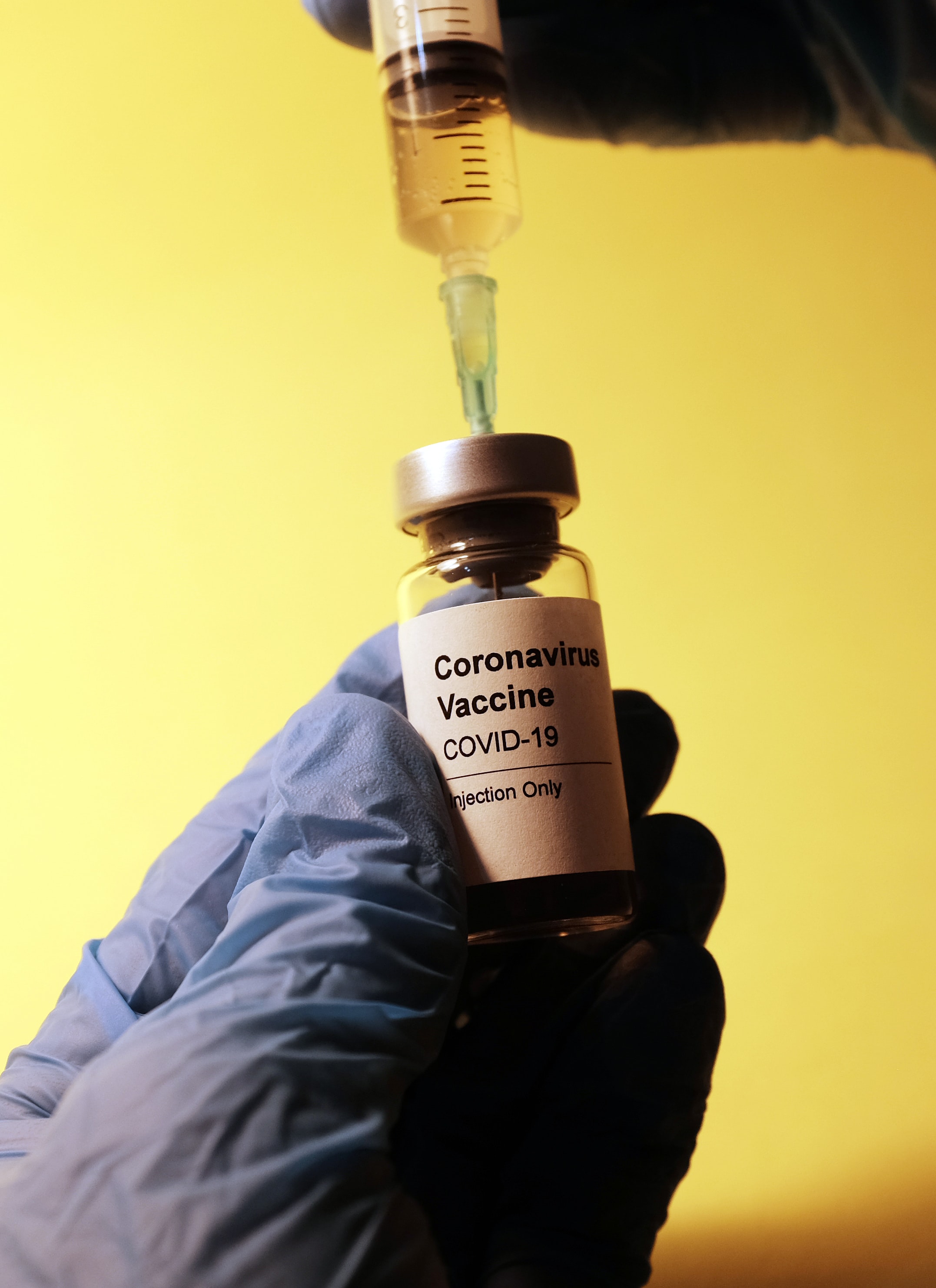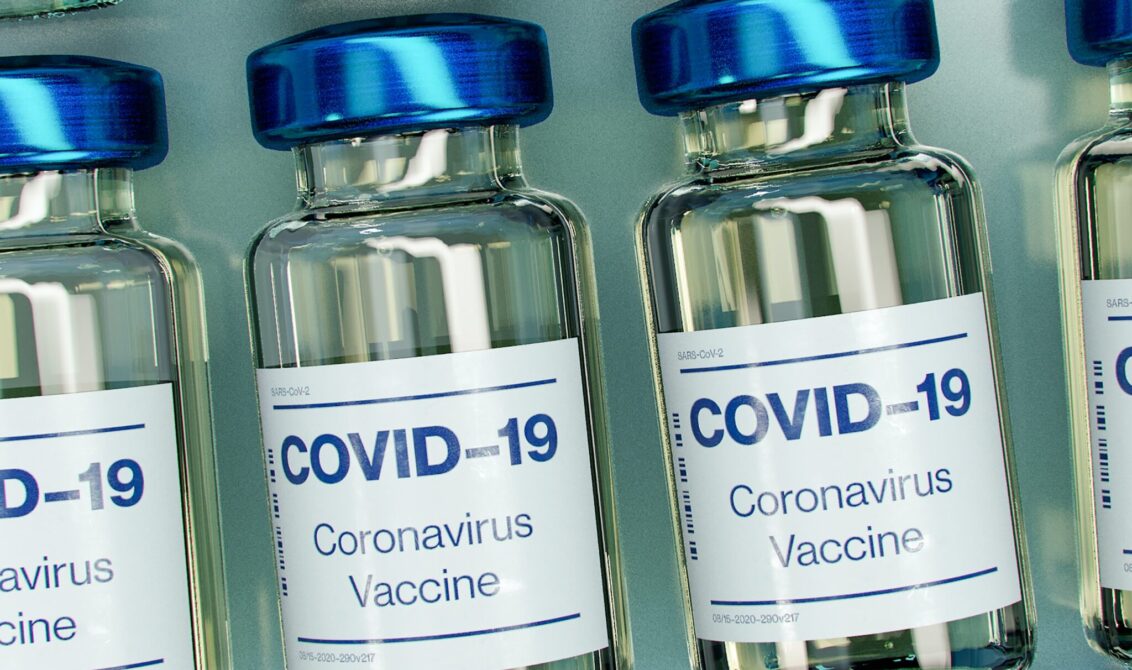Here at Holistic Healing News, we aspire to be up to date on all of 2021 current events. One of the most important events this year has been the roll out of Covid-19 vaccines. When getting a vaccine, it’s important to know what exactly is going into your body and the potential effects it may have on you. Vaccines are usually used to help prevent infections and serious illnesses. The Covid-19 vaccine is used to help prevent the spread of coronavirus and hopefully restore global normalcy.
The very first vaccines for COVID-19 to complete phase 3 testing are an entirely new type: mRNA vaccines. Never before have mRNA vaccines — such as the two-dose Pfizer/BioNTech and Moderna vaccines that have now received emergency use authorization from the FDA — been approved for use in any disease. How do they differ from traditional vaccines, and what makes them so exciting?

How traditional vaccines work
The main goal of a vaccine for a particular infectious agent, such as the virus that causes COVID-19, is to teach the immune system what that virus looks like. Once educated, the immune system will vigorously attack the actual virus, if it ever enters the body.
Viruses contain a core of genes made of DNA or RNA wrapped in a coat of proteins. To make the coat of protein, the DNA or RNA genes of the virus make messenger RNA (mRNA); the mRNA then makes the proteins. An mRNA of a specific structure makes a protein of a specific structure.
Some traditional vaccines use weakened virus, while others use just a critical piece of the virus’s protein coat. In the case of COVID-19, a piece called the spike protein is the critical piece.
Traditional vaccines work: polio and measles are just two examples of serious illnesses brought under control by vaccines. Collectively, vaccines may have done more good for humanity than any other medical advance in history. But growing large amounts of a virus, and then weakening the virus or extracting the critical piece, takes a lot of time.
Early steps toward mRNA vaccines
About 30 years ago, a handful of scientists began exploring whether vaccines could be made more simply. What if you knew the exact structure of the mRNA that made the critical piece of a virus’s protein coat, such as the spike protein of the COVID-19 virus?
It is relatively easy to make that mRNA in the laboratory, in large amounts. What if you injected that mRNA into someone, and the mRNA then traveled through the bloodstream to be gobbled up by immune system cells, and then those cells started to make the spike protein? Would that educate the immune system?
Overcoming obstacles in creating mRNA vaccines
While the concept seems simple, it required decades of work for mRNA vaccines to overcome a series of hurdles. First, scientists learned how to modify mRNA so that it did not produce violent immune system reactions. Second, they learned how to encourage immune system cells to gobble up the mRNA as it passed by in the blood. Third, they learned how to coax those cells to make large amounts of the critical piece of protein. Finally, they learned how to enclose the mRNA inside microscopically small capsules to protect it from being destroyed by chemicals in our blood.
Along the way, they also learned that, compared to traditional vaccines, mRNA vaccines can actually generate a stronger type of immunity: they stimulate the immune system to make antibodies and immune system killer cells — a double strike at the virus.
Then along came COVID-19
So, 30 years of painstaking research allowed several groups of scientists — including a group at Pfizer working with a German company called BioNTech, and a young company in Massachusetts called Moderna — to bring mRNA vaccine technology to the threshold of actually working. The companies had built platforms that, theoretically, could be used to create a vaccine for any infectious disease simply by inserting the right mRNA sequence for that disease.
Then along came COVID-19. Within weeks of identifying the responsible virus, scientists in China had determined the structure of all of its genes, including the genes that make the spike protein, and published this information on the Internet.
Within minutes, scientists 10,000 miles away began working on the design of an mRNA vaccine. Within weeks, they had made enough vaccine to test it in animals, and then in people. Just 11 months after the discovery of the SARS-CoV-2 virus, regulators in the United Kingdom and the US confirmed that an mRNA vaccine for COVID-19 is effective and safely tolerated, paving the path to widespread immunization. Previously, no new vaccine had been developed in less than four years.
No scientific breakthrough stands alone
Like every breakthrough, the science behind the mRNA vaccine builds on many previous breakthroughs, including
- understanding the structure of DNA and mRNA, and how they work to produce a protein
- inventing technology to determine the genetic sequence of a virus
- inventing technology to build an mRNA that would make a particular protein
- overcoming all of the obstacles that could keep mRNA injected into the muscle of a person’s arm from finding its way to immune system cells deep within the body, and coaxing those cells to make the critical protein
- and information technology to transmit knowledge around the world at light-speed.
Every one of these past discoveries depended on the willingness of scientists to persist in pursuing their longshot dreams — often despite enormous skepticism and even ridicule — and the willingness of society to invest in their research.
In conclusion
We hope this article served useful and helped you gain a better understanding of what an mRNA vaccine is. We’d like to remind you that there are vitamins and supplements that take a more holistic approach to Covid prevention. You can find articles on those vitamins on our website. Such vitamins include: Vitamin D, NAC, and Zinc.
Having a strong immune system is extremely important, especially during these times. We encourage you to support your immune system and to help persuade those around you to do the same.
Credit to
Written by: Anthony Komaroff, MD
Editor in Chief, Harvard Health Letter
